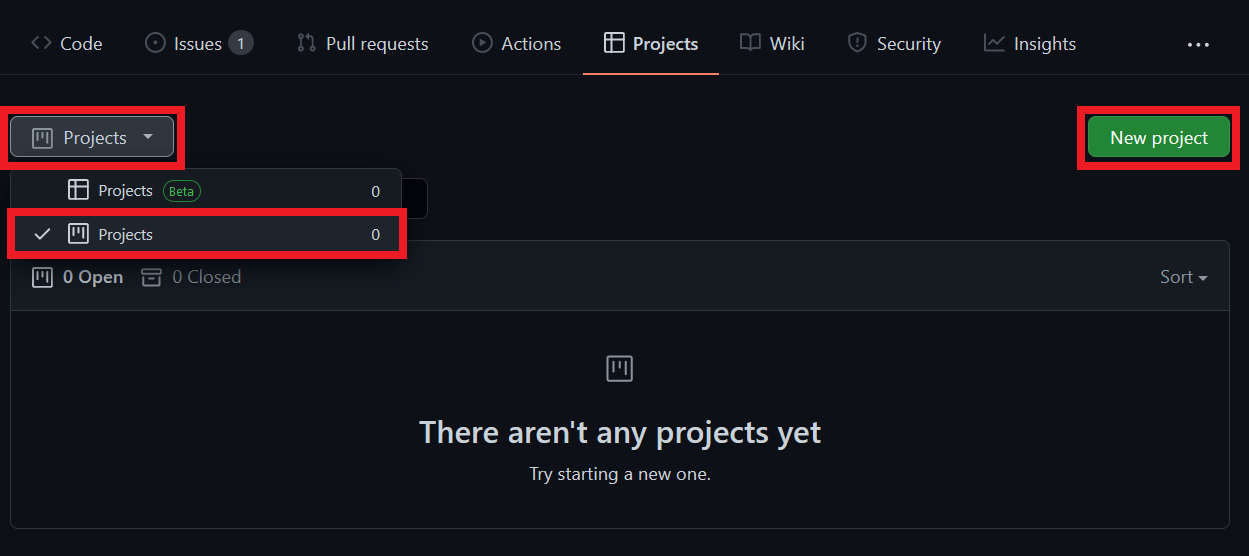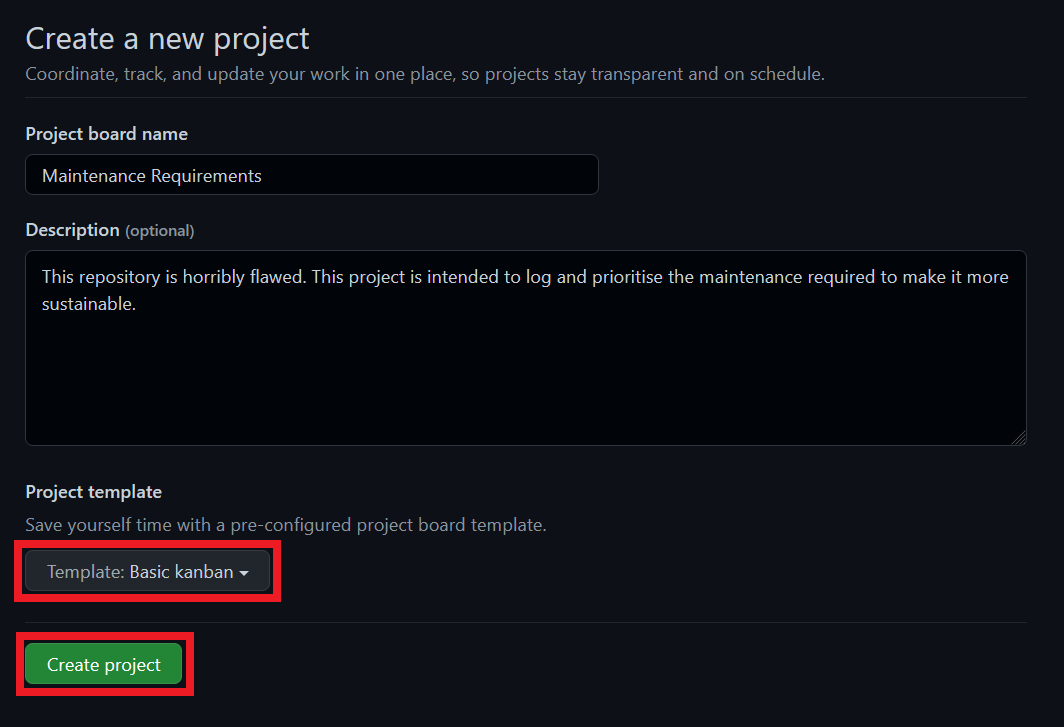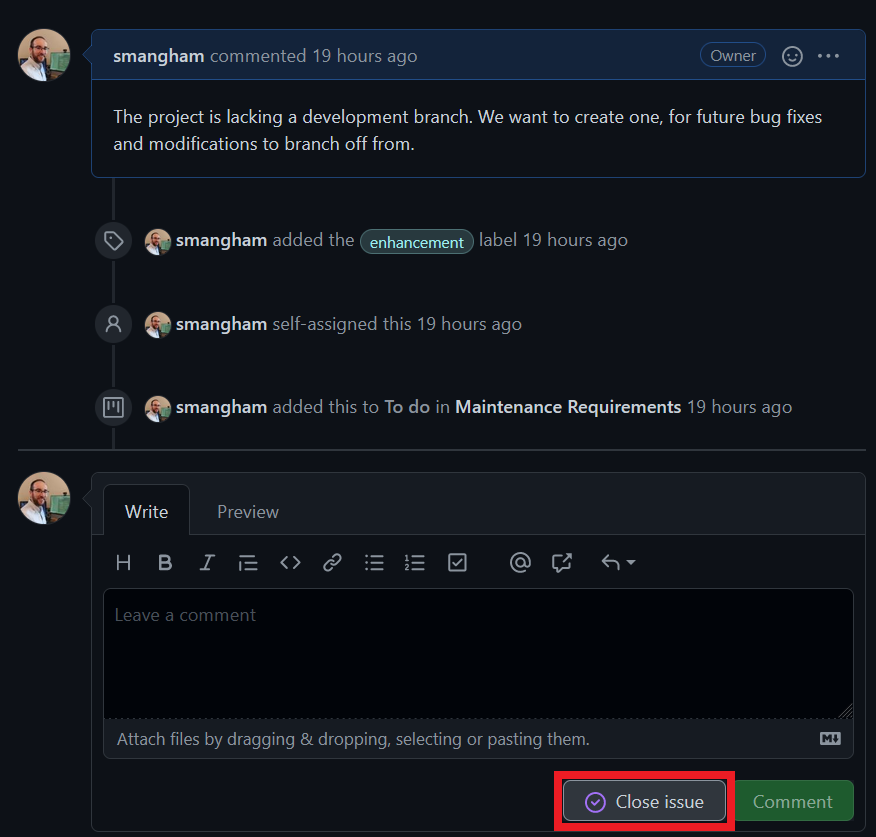Managing a Mini-Project
Overview
Teaching: 0 min
Exercises: 20 minQuestions
How do we put everything we’ve learnt together?
Objectives
Go through the steps of managing a small software project.
Now we’ve seen all the steps involved in developing sustainable code, let’s put that knowledge into practise.
Earlier, we made a fork of the project-novice-demo repository. The code there is pretty bad - it’s written in a very unsustainable way that makes future development harder (and passing the project on to another researcher even harder!). However, as a published project owned by somebody else, we don’t have the permissions required to edit it and fix the problems.
Fortunately, we’ve already forked it, so we can set up a small project to improve it. We want to find the problems, record them as Issues, then fix the issues.
The first thing we can spot is that there’s no dev branch - only a master one:

As we mentioned earlier, this makes it difficult to work as part of a team, or to have a stable version to distribute whilst you continue working on the code. So let’s make an Issue for this as we showed in the Issues section:

Now we’re starting to log issues with our code, we want to be able to keep track of them, so we make a new project board as we showed in the Project Management section:



Finally, we put the issue we just raised onto the project board we just set up:

We’ve now practised the workflow we identified earlier on a new repository.
Identifying issues
We’ve identified one problem with the code - the lack of a
devbranch. Have a quick look through the project, and identify two more problems and raise them as issues then put them on our project board. Don’t try to run the code- there’s more than enough things wrong with it that you can spot just from a quick read-through.Solution
There’s too many things wrong to provide an exhaustive list, but here’s a few you may have spotted:
- No stable releases
- Unclear commit messages
LICENSE.mdis emptyREADME.mdhas an inaccurate list of filesREADME.mdcontains broken linksWhat questions do we want to answer with this datais unfinished- Multiple versions of the same file in the repository
- Poorly-named functions (e.g.
add_column5)- Poorly-named variables (e.g.
df47)- Poorly-documented functions *(e.g.
plot_bar_charts)- Undocumented functions (e.g.
produce_count)
Now that we’ve identified some of the many, many problems with the repository, we’d like to start fixing them. First, let’s fix the issue with the lack of a dev branch. We’ll clone the repository locally, create a new dev branch, and push it back to our fork:
$ git clone git@github.com:smangham/project-novice-demo
Cloning into 'project-novice-demo'...
remote: Enumerating objects: 28, done.
remote: Counting objects: 100% (28/28), done.
remote: Compressing objects: 100% (17/17), done.
remote: Total 28 (delta 13), reused 20 (delta 10), pack-reused 0
Receiving objects: 100% (28/28), 8.32 KiB | 8.32 MiB/s, done.
Resolving deltas: 100% (13/13), done.
$ cd project-novice-demo
$ git checkout -b dev
Switched to a new branch 'dev'
$ git push -u origin dev
Total 0 (delta 0), reused 0 (delta 0), pack-reused 0
remote:
remote: Create a pull request for 'dev' on GitHub by visiting:
remote: https://github.com/smangham/project-novice-demo/pull/new/dev
remote:
To github.com:smangham/project-novice-demo
* [new branch] dev -> dev
branch 'dev' set up to track 'origin/dev'.
Now, we can close our issue as fixed:

Then move it to the Done column on our project board:

Solving problems
Now we’ve got a project board with all our problems in the To Do column, and a
devbranch to work from, we can set about fixing one of the other issues.Pick one of your open issues, and fix it using the feature-branch workflow, then once it’s done issue a release of your updated
masterbranch as we showed in the Release Management section!Solution
In order to address the issue we chose, we’ll need to do the following:
- Move our issue from To Do to Work In Progress
- Select our
devbranch, and create a new issue branch coming off it - you could call itissue_<problem_description>or similar- Switch to our issue branch, fix the issue, commit our fixes and push them to GitHub
- Submit a pull request from our issue branch to
dev- Close our issue on GitHub
- When
devis up to date, submit a pull request fromdevtomaster- When
masteris up to date, issue a release on GitHubNormally, we wouldn’t just merge a branch into
devthendevstraight intomaster- we’d merge several fixes or new features intodev, then merge tomasterand make a release.
Now you should have a good idea of the skills and techniques required to manage a project successfully!
Key Points
Problems with code and documentation can be tracked as issues.
Issues can be managed on a project board.
Issues can be fixed using the feature-branch workflow.
Stable versions of the code can be published as releases.